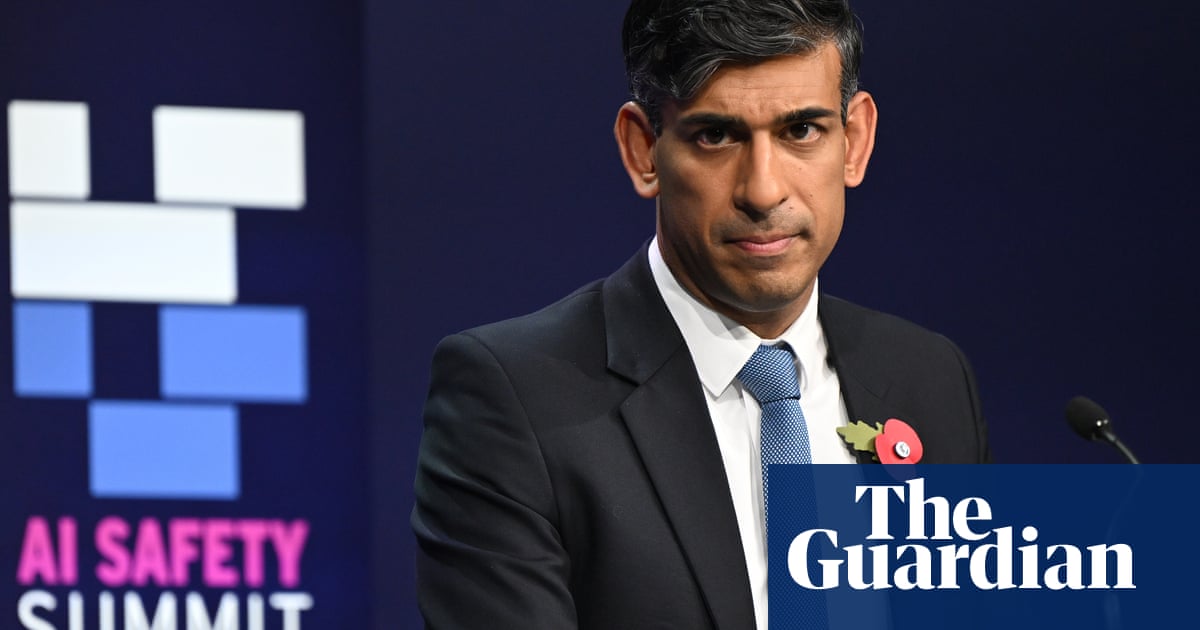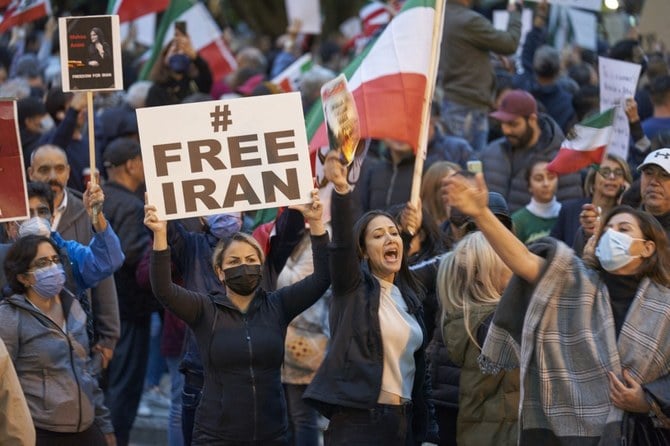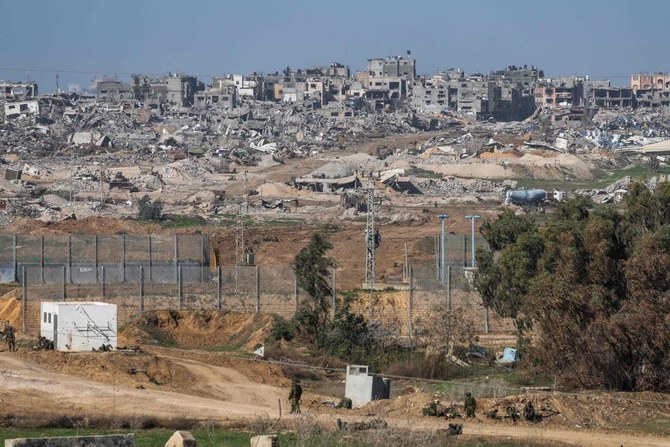
Since the theocratic regime in Iran seized power more than 43 years ago, it has faced successive massive waves of popular protests. Some of these protests were relatively minor, while others were more significant, ranging from the protests in 1999 to those in 2009, 2017, 2019, 2021 and 2022. All of these protests have revealed an underlying legitimacy crisis for the regime that has been growing and developing since its inception — a crisis caused by failed domestic policies and extraterritorial misadventures.
Though each wave of protest has its own specific reasons, motivations and contexts, some common factors can be identified. The first factor is political, which is shaped by widespread public dissatisfaction with the regime and its exclusionary policies toward women, non-Persian minorities and non-Shiite groups.
The second factor is socioeconomic, with extensive corruption, deteriorating living conditions and injustice fueling popular resentment.
The third factor is that sectarian and ethnic differences have been transcended in all the waves of protests. This reflects widespread rejection of and dissatisfaction with the regime’s policies, as well as widespread opposition to the authoritarian guardian jurist’s policies among Iran’s ethnic groups and other religious sects.
The fourth factor is the escalation and evolution of the demands. Regardless of the immediate causes of the protests, demands quickly escalate, with slogans chanted directly against the regime and all its components. For example, even if the protests start in opposition to the regime’s economic policies or the economic recession in the country, they quickly shift to political demands such as regime change, with the slogan “Death to the dictator” — a reference to Supreme Leader Ali Khamenei — heard chanted in many protests.
The 2022 protests are thought to be the most diverse and are the first ever to reflect elite-masses harmony
Dr. Mohammed Al-Sulami
The fifth factor, with the exception of the 2009 “Green Movement” protests led by Mir-Hossein Mousavi and Mehdi Karroubi, all the waves of protests have shared a lack of leadership. Given the influence and power of Mousavi and Karroubi within Iran, this could be one of the main reasons why the other protests have not been as impactful or imposed as much pressure on the regime as those in 2009. Leadership is always a crucial factor in organizing protests, targeting those regions that pose the greatest threat to the regime and even focusing and narrowing demands and turning them into levers to put pressure on the regime’s decision-making process.
In all of Iran"s protest waves, the regime has prioritized the deployment of its brutal security apparatus as its automatic go-to solution to quell the protests by the exercise of brute force. In addition, the regime limits internet access and even promotes conspiracy theories and allegations about separatist demands to justify the use of excessive force and facilitate the crackdown on protesters. However, this approach has had the opposite effect to the desired aim, fueling popular discontent to the point of motivating further protests.
The duration of Iranian protest waves varies. The 1999 protests lasted seven days, whereas those in 2017 and 2021 each lasted 11 days. Meanwhile, the ongoing protests have lasted nearly a month, the longest period so far. They began on a massive scale but have gradually shrunk in size. There is a gradual increase in the length of the protests, bringing bigger consequences for the regime.
When compared to previous waves, the 2022 protests are considered the most widespread, involving 85 cities, followed by the 2021 protests, which spread across 80. The 2017 protests, which included nearly 60 cities, come in third. Furthermore, the 2022 protests are thought to be the most diverse and inclusive in terms of participating factions and are the first ever to reflect elite-masses harmony. On a larger scale than in previous protests, the general public has marched alongside university professors, students, artists, athletes, pundits and political activists. The elites, far removed from ordinary Iranians’ concerns, were the primary catalysts for the 1999 and 2009 protests, while the 2019 protests were mostly grassroots-oriented, with no intervention from the elites.
For all their extremely well-founded fears of repression and killing, Iranians have increased their chanting of anti-regime slogans from the windows of their homes during the 2022 protests. More importantly, there has been an increase in female participation, with many girls and women cutting their hair or removing their mandatory veil — and, in some cases, burning them. Even schoolgirls have pictured themselves making rude, one-fingered gestures at images of Khamenei. The protests have sent a very direct demand: The removal of Khamenei and the downfall of the so-called Islamic Republic as a whole.
The current wave of protests is especially significant because it is taking place during a sensitive period. The Iranian people are more filled with rage than during previous rounds of protests. Observers describe the anger seen in Iran as having reached “boiling point, and they could spiral into a popular explosion.” The protests also began amid a stalemate in Vienna, with this delay in reaching a nuclear agreement implying that the imposition of sanctions is likely to continue, resulting in the further deterioration of already abysmal living conditions, which is also a key cause of the protests spreading to Iranian cities. As a result, the protests are likely to recur or continue intermittently.
This stage also comes during the reign of hard-liner President Ebrahim Raisi, a cleric regarded as being among the most fanatical of those who took control of Iran. We must not forget that he was a member of the infamous “death committee” that oversaw the executions of thousands of political prisoners in 1988. His radical stance was again visible in his use of the word “decisiveness” when ordering the Islamic Revolutionary Guard Corps and, for the first time, Iran’s army to use force against the protesters. This excessive use of force will lead to further rage, especially given the existing popular dissatisfaction with the regime’s support for Raisi to become the next supreme leader.
In a nutshell, it appears that the decreasing time span between the last four major waves of protests — one or two years between each wave, in comparison to the decade-long timespan between the previous three waves — sounds the alarm bell about the future of Iran’s clerical regime. This escalating level of rage and discontent could ultimately lead to a popular uprising (a “big bang”) in Iran as a result of the regime’s policies.
To survive, the regime needs to reconsider its policies and change its behavior at home and abroad. It needs to cease its absurd extraterritorial misadventures and save the people’s resources that it provides to political and military proxy actors overseas in exchange for running the machine of its subversive project.












